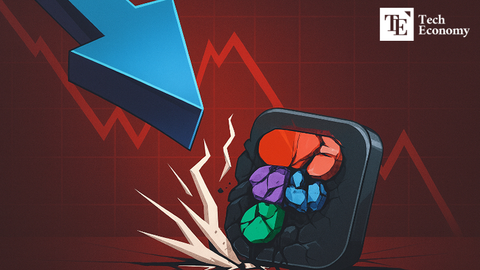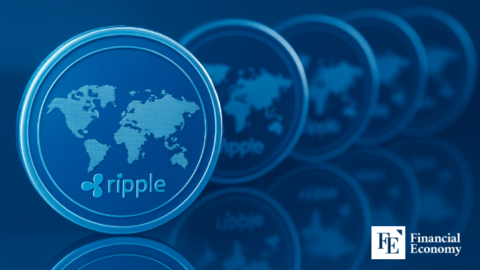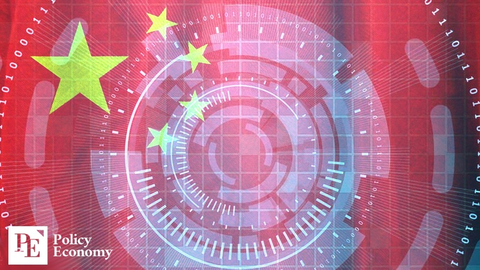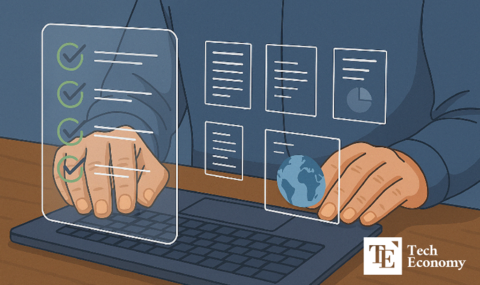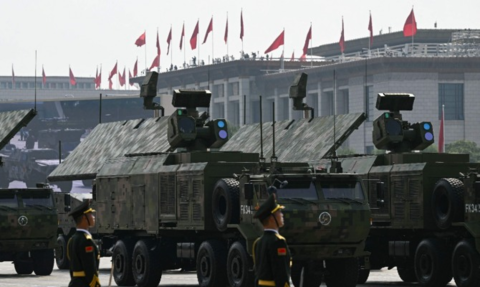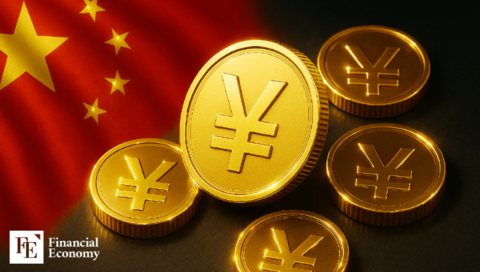Apple Bets Big on Budget iPhone to Revive Market Share Amid Growing Competition
Input
Changed
Introducing iPhone 16e: Apple's budget-friendly option Apple's Obstacles in China: A Contracting Consumer Base A Final Attempt to Gain a Foothold in the Mid-Range Market

Introducing iPhone 16e: Apple's budget-friendly option
Apple Inc. has recently introduced the iPhone 16e, a $599 device that is designed to strike a balance between affordability and premium features, in an effort to capture the mid-range smartphone market. The new iPhone, which was unveiled on February 19, 2025, is being marketed as a strategic move to appeal to cost-conscious consumers, particularly in critical international markets where high-end iPhones have encountered difficulty in maintaining their market share.
The success of the iPhone 16e could potentially dictate whether Apple continues to offer budget-friendly models in the future, given the increased competition from local smartphone manufacturers, particularly in China. Apple's endeavors to penetrate this market segment may be terminated if the iPhone 16e fails to establish a foothold.
The iPhone 16e represents a change in Apple's strategy regarding market penetration and pricing. In the past, Apple has concentrated on its flagship iPhone Pro models, which are designed to appeal to high-end consumers who are prepared to pay a premium for cutting-edge technology. Nevertheless, Apple has been compelled to reevaluate its strategy as a result of the increasing number of consumers who have opted for more affordable alternatives in recent years.
Retaining numerous premium features, such as a 48-megapixel camera, the A18 processor, and a 6.1-inch OLED display, the iPhone 16e is priced at $599. It also introduces Apple's first in-house modem processor, the C1, which is anticipated to improve battery efficiency and cellular connectivity. Nevertheless, in order to reduce expenses, Apple has eliminated specific features, including a wide-angle camera lens and some of the more sophisticated AI-driven capabilities that are present in the Pro models.
Apple is positioning the iPhone 16e as a device that provides the best of both worlds: performance without sacrificing affordability. The phone is scheduled to be released in 59 countries, with pre-orders commencing on February 21 and general availability commencing on February 28. The company anticipates that this approach will enable it to regain momentum in critical markets such as India, Southeast Asia, and Latin America, where premium iPhones have encountered difficulty in attracting consumers due to their exorbitant prices.
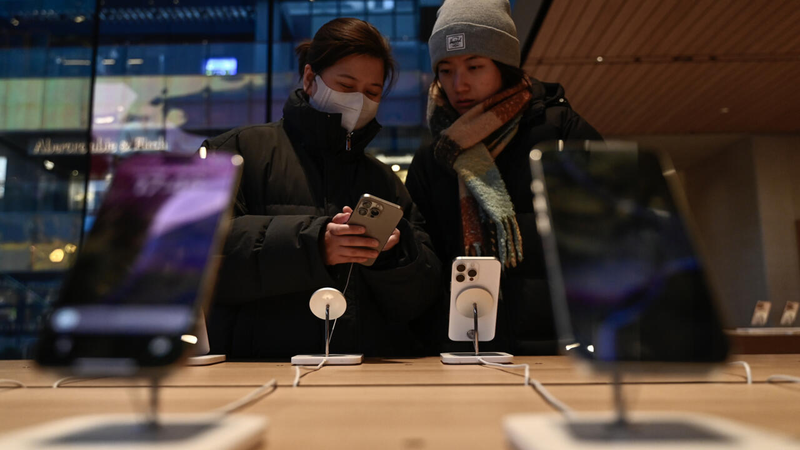
Apple's Obstacles in China: A Contracting Consumer Base
Maintaining its dominance in China has been one of Apple's most significant obstacles in recent years. China, which was previously the second-largest market for iPhones, has experienced a significant decrease in Apple's market share. In the December 2024 quarter, iPhone sales decreased by 18.2%. Apple is currently ranked third in the Chinese smartphone market, trailing domestic competitors Huawei and Vivo.
There are numerous factors that contribute to the decline. Initially, Chinese smartphone manufacturers, particularly Huawei, have experienced a significant resurgence by creating cutting-edge devices that are priced competitively and feature indigenous technology. For example, Huawei's Mate 70 series is equipped with high-performance processors that are developed domestically and operate on its proprietary HarmonyOS Next operating system. As a result of this, the brand has become more appealing to Chinese consumers, who are increasingly inclined to favor indigenous technology in the face of escalating geopolitical tensions between the States and China.
Furthermore, Apple's premium pricing strategy has alienated a substantial portion of the Chinese consumer base. Although the iPhone serves as a prestige symbol, an increasing number of consumers are selecting high-end devices from Chinese manufacturers that provide comparable or even superior specifications at a lower cost. The decline of Apple has been further exacerbated by the resurgence of Huawei and the emergence of other local brands. Many consumers perceive little justification for investing in a premium iPhone when local alternatives are available at a fraction of the cost.
Apple has formed a partnership with Alibaba to improve the AI-driven features of iPhones distributed in China in order to halt this downward trend. The objective of this partnership is to establish localized artificial intelligence services, which will guarantee that Apple remains competitive in the Chinese market. Nevertheless, analysts caution that the mere implementation of software improvements may not be sufficient to halt Apple's sales decline if consumers continue to favor alternatives that are developed in-house.
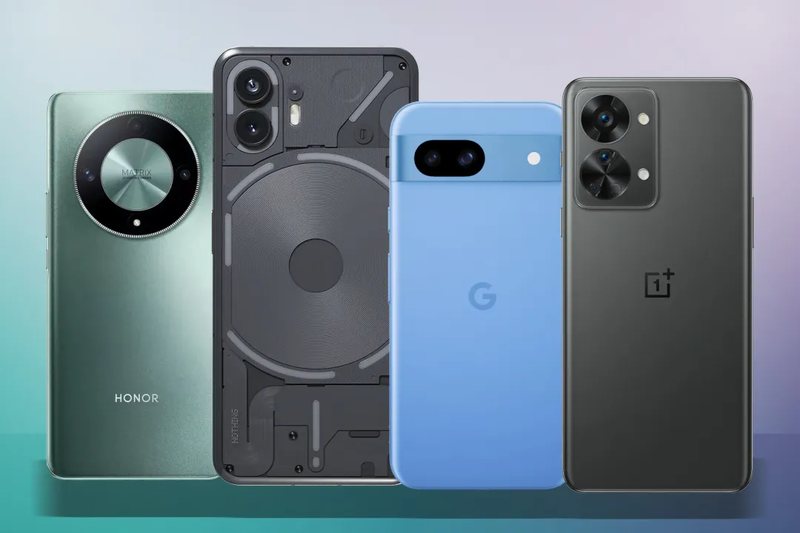
A Final Attempt to Gain a Foothold in the Mid-Range Market
Apple's experience with affordable iPhones has been inconsistent. The iPhone SE lineup, which was initially introduced in 2016, was well-received but was unable to maintain long-term success. The most recent iPhone SE, which was released in 2022, was unable to compete with Android devices that were similarly priced but offered superior battery life and larger displays.
The iPhone 16e is Apple's latest endeavor to gain a foothold in the mid-range segment; however, the consequences are substantial. The device's failure to resonate with consumers could potentially signal the conclusion of Apple's efforts to introduce an additional budget-friendly iPhone models.
The hazards are numerous. Apple may be compelled to discontinue the mid-range market entirely if the iPhone 16e fails to meet expectations, and instead concentrate on premium devices. This could further alienate price-sensitive consumers and bolster competitors such as Huawei, Xiaomi, and Samsung, which provide a diverse selection of devices at varying price points.
Furthermore, Apple's overall sales growth could be adversely affected by a failing budget iPhone, particularly in light of the ongoing decline in global smartphone sales. Apple requires a successful mid-range option to expand its customer base and sustain revenue growth, as high-end iPhones have already reached price ceilings.
Additionally, Apple's innovation strategy may be significantly affected by a failure in the budget segment. The company may adopt a more conservative stance, restricting experimentation with mid-range models and concentrating exclusively on high-end devices. This may limit Apple's capacity to adjust to evolving market trends, rendering it susceptible to competitors who can serve a broader spectrum of consumers.
The failure of the iPhone 16e to acquire traction could potentially indicate the end of Apple's ambitions in the mid-tier market. The organization may determine that its brand is most effectively safeguarded by concentrating solely on premium devices and withdrawing from the budget sector. This action would result in Android manufacturers dominating the mid-range segment, which would enable competitors such as Huawei, Samsung, and Xiaomi to further establish their market positions.
Apple has historically prospered by adapting and innovating in response to evolving consumer demands; however, the mid-range smartphone market has proved to be a difficult frontier. The iPhone 16e's failure could serve to reinforce the belief that Apple's assets are concentrated in the high-end market, potentially discouraging future endeavors to attract budget-conscious consumers.
Apple's iPhone 16e is a daring risk that indicates its desire to engage a more diverse consumer base. Although the device provides a compelling combination of premium features and affordability, its success is not guaranteed.
The iPhone 16e's appeal to consumers in China, where Apple is confronted with the most formidable obstacles, will be contingent upon factors beyond its pricing. It will be a difficult challenge to compete with Huawei's nationalistic appeal, competitive hardware, and enhanced software features.
Apple may be compelled to reevaluate its mid-range strategy entirely if the iPhone 16e fails to make an impression, potentially abandoning budget models in favor of a continued focus on high-end devices. Nevertheless, disregarding the mid-range segment could prove to be an expensive oversight in a global market that is increasing in price sensitivity.
Apple's ability to defy the odds and establish a new segment in an industry where affordability and innovation are becoming increasingly intertwined will be the focus of attention as the iPhone 16e is released worldwide. The device's failure to meet expectations could be the concluding blow to Apple's budget smartphone ambitions. The organization may determine that it is more advantageous to remain in the premium market in order to safeguard its brand identity and profitability, thereby relegating the mid-range market to Android competitors.
Apple is assuming a substantial risk with this launch. The iPhone 16e's success or failure could significantly influence Apple's market strategy for years to come, determining whether budget iPhones will continue to be a part of the company's future or become obsolete.



